What is a Cover Letter
A cover letter is a concise document that accompanies your resume when applying for a job. It serves as an introduction, allowing you to showcase your personality, express your interest in the position, and highlight the skills and experiences that make you a strong candidate. Unlike a resume, which provides a factual overview of your professional history, a cover letter gives you the opportunity to tell a story and explain why you are a good fit for the specific role and company. It is a crucial tool in your job application toolkit and can significantly increase your chances of getting an interview.
Why Cover Letters are Important
Cover letters are important because they offer the hiring manager a glimpse into your communication skills and personality, which are not always apparent in a resume. They demonstrate your genuine interest in the specific job and company, going beyond a generic application. A well-crafted cover letter allows you to elaborate on your qualifications, connect your skills to the job requirements, and explain any gaps or unique aspects of your resume. By effectively communicating your value proposition, the cover letter can set you apart from other applicants and motivate the employer to review your resume more closely.
Cover Letter Essentials
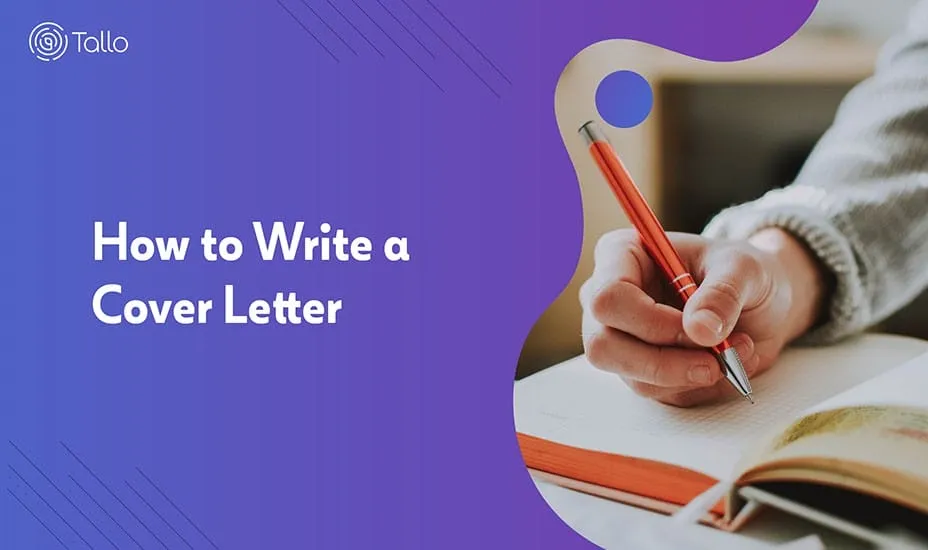
To write a cover letter that shines, you need to ensure it includes all the necessary elements, a proper format and a great content. Cover letters should be carefully structured to make them easy to read and quickly communicate your most important qualifications. Each section should be carefully considered and optimized to communicate your value to the hiring manager and present you in the best possible light.
Header Section
The header section of your cover letter should include your contact information, such as your name, address, phone number, and email address. It is also customary to include the date and the hiring manager’s name and contact information. Make sure your contact information is accurate and up-to-date, as this is how the employer will contact you for an interview. If you know the name of the hiring manager, use it; if not, use a general greeting like ‘Dear Hiring Manager’.
Greeting
The greeting in your cover letter sets the tone for the rest of your letter. It should be professional and personalized. If you know the name of the hiring manager, address the letter to them directly. If not, use a formal greeting like ‘Dear Hiring Manager’ or ‘Dear [Company Name] Hiring Team’. Avoid generic greetings such as ‘To Whom It May Concern’, as they may come across as impersonal and make the reader feel like the letter is a mass-produced template. This is one of the first ways you can make a good impression.
Body Paragraphs
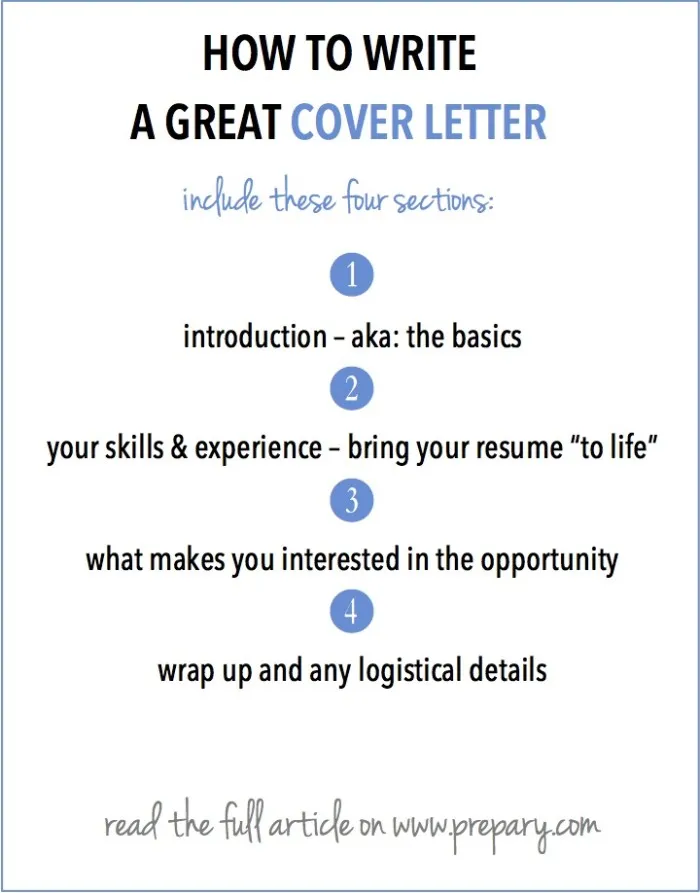
The body of your cover letter is where you make your case for why you are the best candidate. It should be concise, engaging, and tailored to the specific job and company. The body is typically divided into three paragraphs, each serving a distinct purpose. By structuring your content in this way, you can ensure that you communicate clearly and effectively what makes you a good fit for the job and what value you can bring to the company.
First Paragraph Introduce Yourself and Purpose
The first paragraph should clearly state the position you are applying for and where you found the job posting. Briefly introduce yourself and your background. Express your interest in the role and the company. Make a strong opening statement that immediately grabs the reader’s attention and clearly states your purpose for writing. This paragraph sets the stage for the rest of your letter, so make sure it is well-written and concise. Start with a strong, engaging statement that captures the reader’s attention.
Second Paragraph Highlight Relevant Skills
In the second paragraph, highlight your relevant skills and experiences. This is where you connect your qualifications to the job requirements. Review the job description carefully and identify the key skills and experiences the employer is looking for. Provide specific examples from your work history that demonstrate these skills. Quantify your accomplishments whenever possible to show the impact you have made in previous roles. Explain how your skills and experiences align with the specific needs of the role and the company.
Third Paragraph Show Enthusiasm and Company Alignment
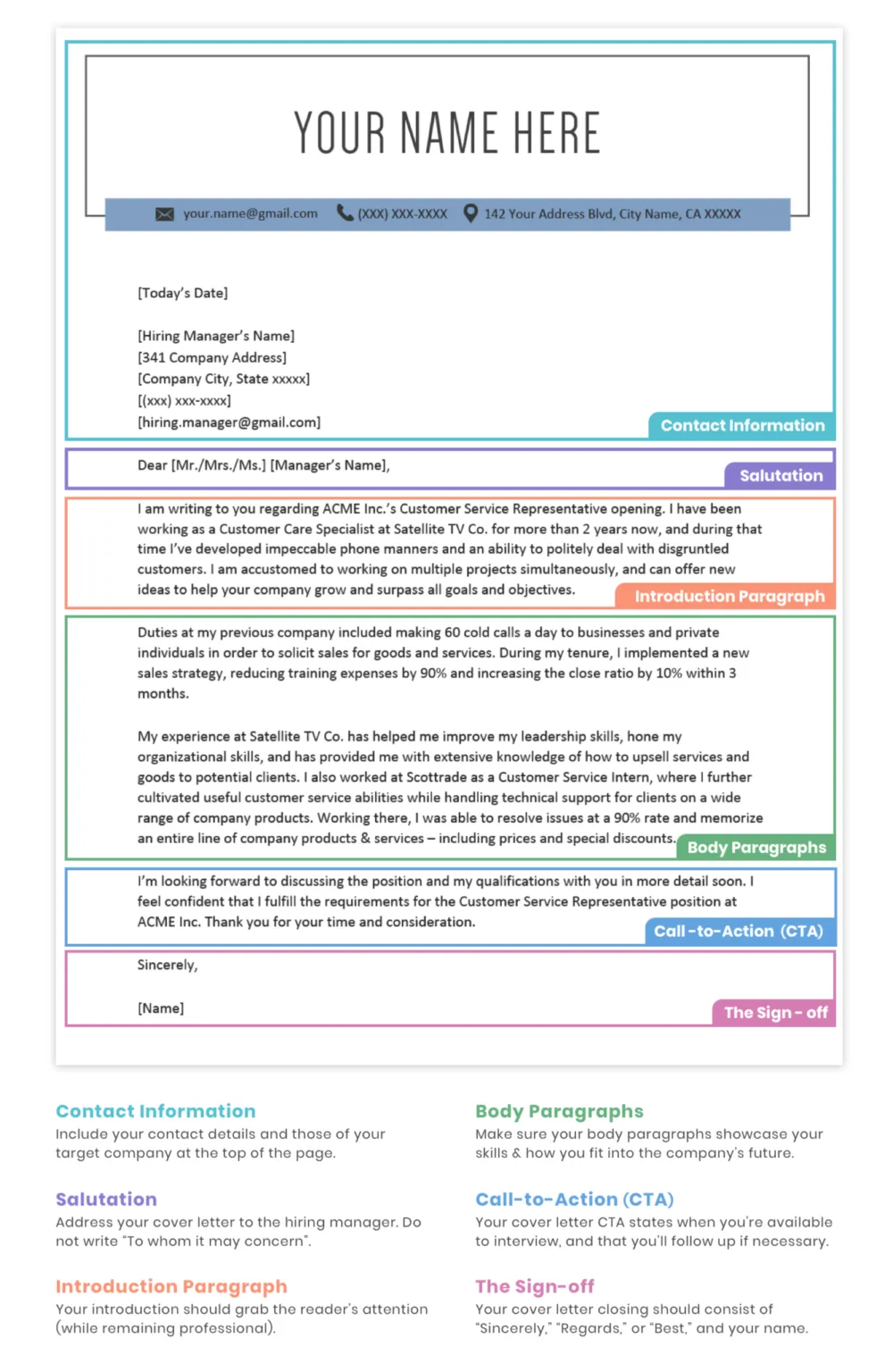
The third paragraph is an opportunity to show your enthusiasm for the role and the company. Explain why you are excited about the opportunity and what attracts you to the company. Research the company’s mission, values, and culture, and demonstrate that you understand their goals and how your skills and experience align with them. Showcase your personality and passion for the industry. Use this paragraph to reinforce your suitability for the role and show your willingness to contribute to the company’s success. Avoid sounding generic; tailor this section to the specific company and role.
Closing
The closing paragraph should restate your interest in the position and thank the reader for their time and consideration. Express your eagerness to discuss your qualifications further. Provide a call to action, such as stating that you are available for an interview at their earliest convenience. End with a professional closing, such as ‘Sincerely’ or ‘Best regards’, followed by your typed name. Ensure that your closing is polite and reflects your overall tone.
Call to Action
Include a clear call to action to encourage the hiring manager to take the next step. State that you are available for an interview and provide your contact information. This is a polite way of expressing your interest and inviting the employer to contact you. The call to action should be assertive but not pushy. This can be a key factor in moving forward in the application process.
Cover Letter Formatting Tips
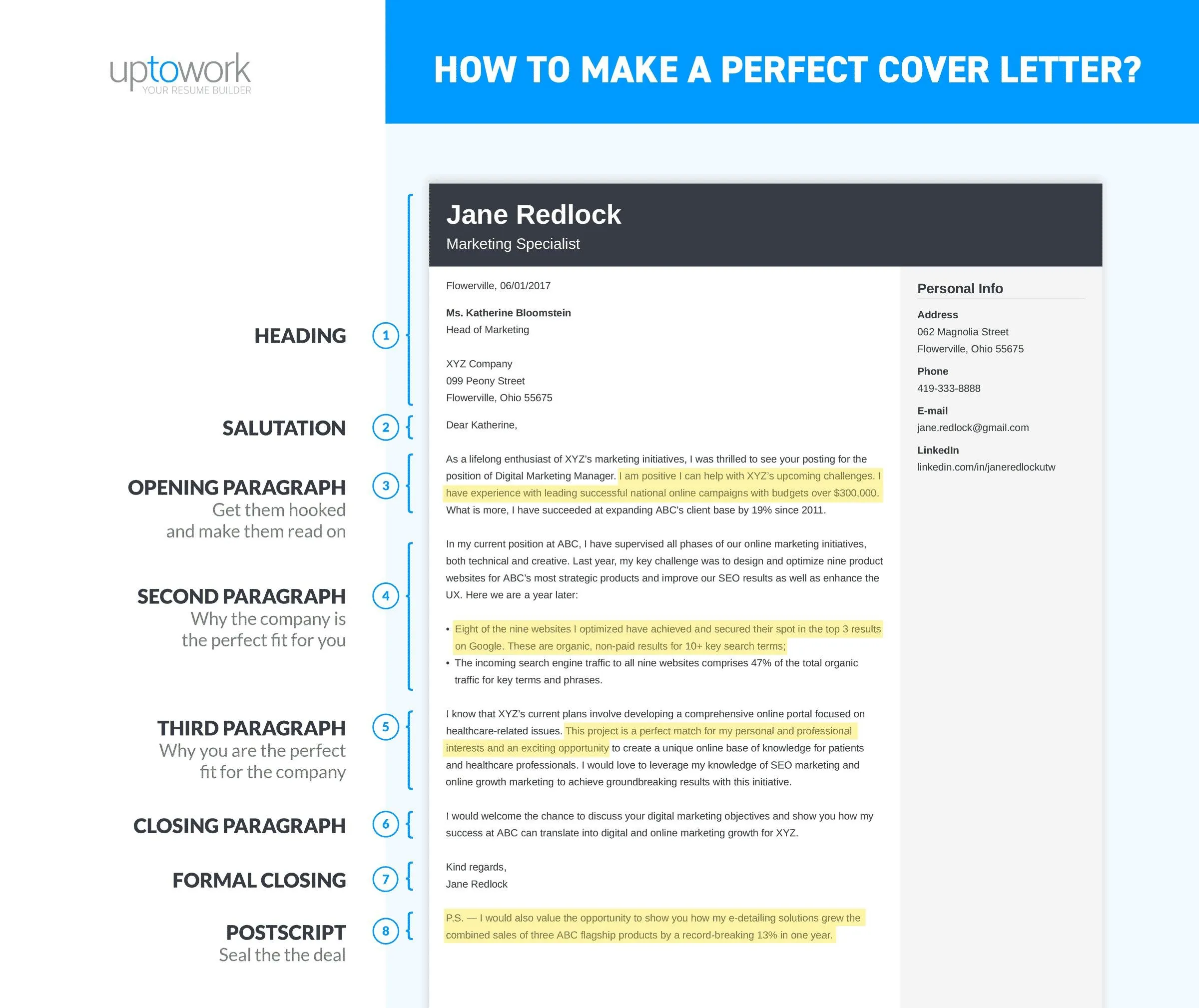
Proper formatting is essential to make your cover letter readable and visually appealing. Use a professional font, maintain consistent spacing, and proofread carefully for errors. By paying attention to these formatting details, you make it easy for the hiring manager to focus on the content of your letter.
Font Choice and Size
Choose a professional font, such as Times New Roman, Arial, or Calibri, in a size between 10 and 12 points. These fonts are easy to read and create a polished appearance. Avoid using overly creative or stylized fonts, as they can be difficult to read and may detract from the content of your letter. Ensure consistency in your font choices and maintain a professional look throughout your document. A legible font is essential for a good first impression.
Readability and White Space
Use appropriate margins (typically one inch on all sides) and spacing to improve readability. Use single-spacing within paragraphs and double-spacing between paragraphs. Break up large blocks of text with shorter paragraphs and bullet points. This will make your cover letter easier to read and more visually appealing. Well-formatted text makes it easier for the hiring manager to quickly scan the information.
Proofreading and Editing
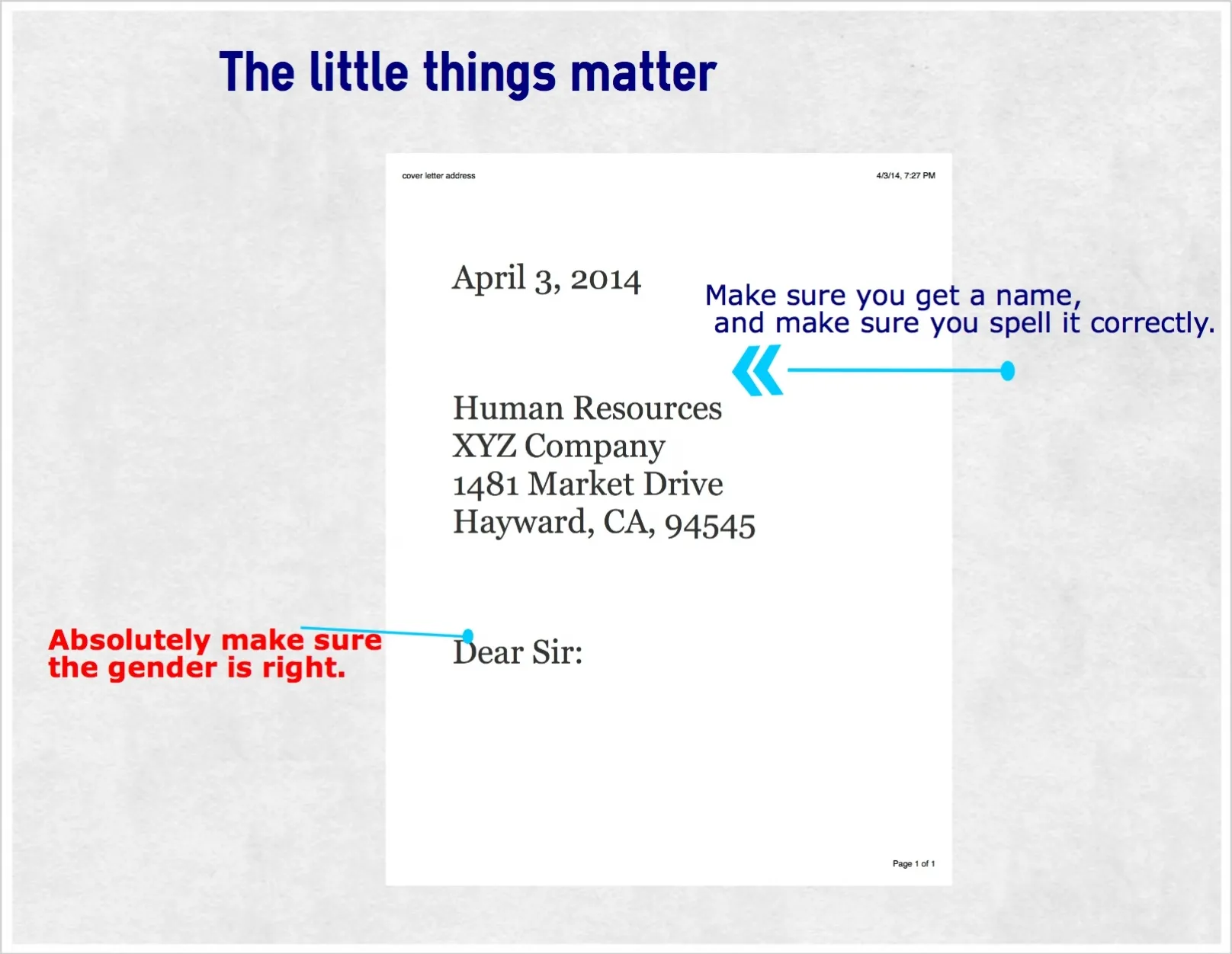
Thoroughly proofread your cover letter for any grammatical errors, typos, or inconsistencies. Errors can damage your credibility and make you appear unprofessional. Ask a friend or family member to review your letter as a fresh pair of eyes can often catch mistakes you might miss. Proofreading is a critical step in the cover letter writing process, it is the last chance to correct your work before submitting it to a potential employer.
Cover Letter Examples
Reviewing cover letter examples is a great way to get inspiration and understand how to effectively communicate your qualifications. Search online for cover letter templates and examples that match the job you are applying for. Study different formats and styles to see what works best. Tailor the examples to fit your own experience and the specific requirements of the job. Customize the examples to show your own unique skills.
